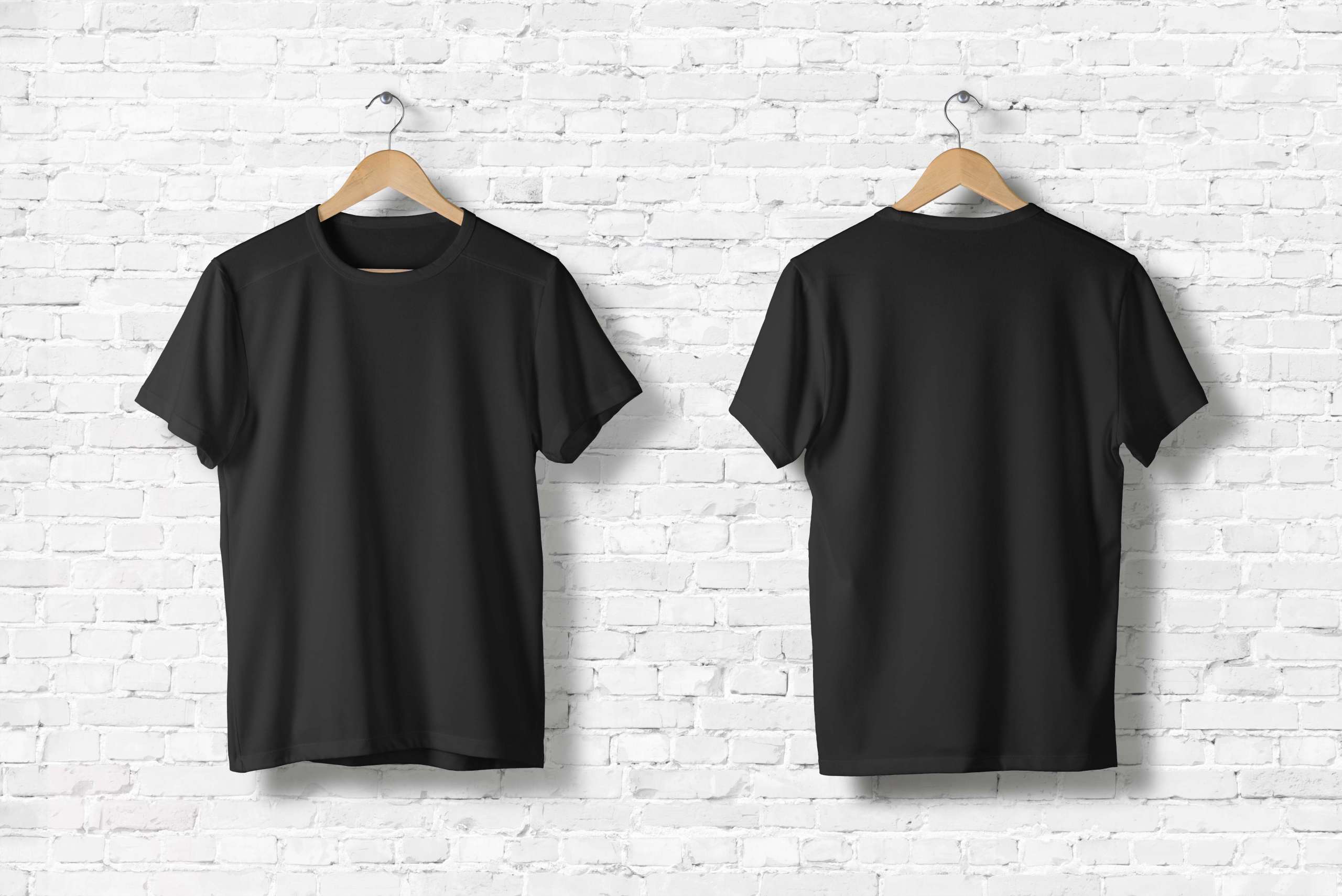The Importance Of Planning During The Fashion Season



Fashion entrepreneurs must be present where their clients are at all times during the shopping process. It's all about direct retailing from a website or within a store, the precise place where each buyer makes their purchasing decisions. Additionally, entrepreneurs must arrive at the appropriate retailing store with new appearances and engaging brand experiences. It necessitates cutting-edge long-range planning that is constantly beneficial to both businesses and future clients. Even though an annual calendar only has four fashion seasons, weeks, and periods, there are far too many of them. So, why does the fashion industry have so many new seasons, and what should you look for while preparing their seasonal collection? Before proceeding into the details, let's look at how the seasonal concept works.
Fashion seasons
There are four seasons in the fashion calendar; Summer, spring, fall, and winter. These are all divided into two seasons in the fashion industry: Spring/Summer and Fall/Winter. When the customer goes to various clothing shops in a different year, the confusion starts. The spring or summer season starts from January to July. Winter begins in August and throughout December. Indeed, seasonal apparel does not always follow the fashion calendar. A scarf and sweater may already be on showcase in a store when they visit there during the summer. By the middle of spring, the entrepreneur should have finished or be close to finishing their winter collection as a fashion designer.
How to organize a fashion season's collection schedule
It is unusual to long-range planning for the fashion season for the whole year in advance, but it is essential to keep making a strict schedule. Production can take time, and designers should plan apparel ideas at least a season in advance. Designers will require time to create their collection, send it to their manufacturer, receive the sample, make any essential adjustments, and possibly develop a second sample before approval for their product design and start manufacturing. The overall process can take up to six months from start to finish. If designers submit their spring designs in January, they might miss the chance to sell that collection. As a result, this condition leaves designers with excess inventory items that will not sell. It increases the boost of high expenses, and they have to struggle with low revenue and losses.
Five benefits of planning during the fashion season

Four seasons come with four different fashion seasons, which changes the sense of bearing clothes. These seasons are managed by appropriate planning, and surprisingly, it would help sell the apparel collections. There are some benefits of long-range planning during the fashion seasons –
· Help in the development of connected and distributed employees
Fashion lovers are excited about finding new designs, and they expect fashion businesses to provide fresh and intriguing localized assortments. To enable productivity, wherever their talent, a distributed workforce requires consolidated data, simple access, and quick response technologies. The designer may source personnel closer to their customers and suppliers using modern long-range planning tools, notably cloud-based techniques.
· Improve productivity by halving the proportion of people on the payroll.
From online fair plays eating into classical businesses' operations to clients' insistence on innovation, more and more vendors are pressuring to accomplish more with less in all facets of the enterprise. In the context of a business's time, more is more when it comes to raising the number of strategies per year and moving stock quicker. Unfortunately, when it comes to resources, less is more. Data collection and development is one of the core aspects that businesses can boost productivity. The enterprise may focus on the creative responsibilities of vendor bargaining and generating designs for their brand by leaving the number-crunching to current planning technologies.
· Make the simpler procedure
It's a waste of time and experience to compare data from branding, retail locations, and stock placement. Precise reporting from all crucial sources from the fashion industry results in lower stocks and excess stock, lower costs of moving products from one store or zone to another, total income, and new future growth.
It is necessary to keep all things in proper alignment that makes all processes easy and sustainable. Designers have enough experience to hand over consignments before the deadline to help entrepreneurs plan for the fashion season.
Cut down the inventory.
In the circumstances, the past no longer accurately predicts the future. The designer's purchaser approach to purchasing resembles a scatter graph instead of a trend, and relating it to the past few years is becoming increasingly unreliable. Advanced techniques integrate information silos easily, offering businesses access to every operation prediction to help them make better business decisions.
· Increase customisability

New business tastes change all the time, and this is especially true in the fashion industry. It's crucial to keep engaging customers with the brand, and taking ideas from customer interactions with the brand can lead to some intriguing new areas. To increase brand sales, it is essential to convert a customer from a one-time purchaser to a permanent purchaser. Clients are more than probably looking for guidance online, and then why not use this information to obtain insight into interest with everything from designs to shades?
Conclusion
The makeover of a range plan necessitates careful thought and collaboration among designers, purchasers, and businesses. Range planning is an essential aspect of enterprises. The range plan integrates the business procurement, design and production processes, collection design, and financial objectives. Finally, effective range planning ensures that the selection produced by the designer has a higher possibility of selling and gaining. While fashion might well consider an art form, designers must keep in mind that it is also a business. It's crucial to stay faithful to their goal, yet making money requires organization and planning. There must be a balance in clothing, just as there must be in life. Visit here to get apparel on time to plan for the fashion season.



















